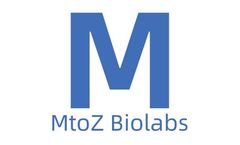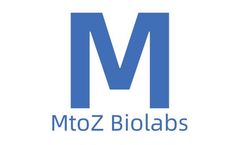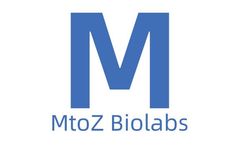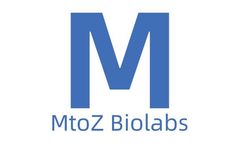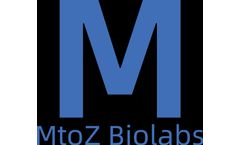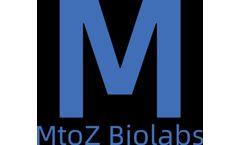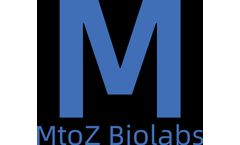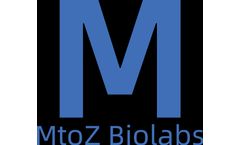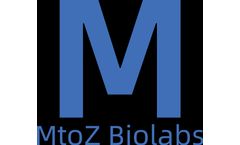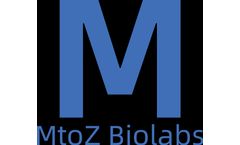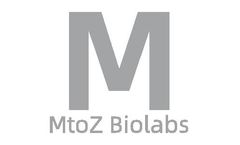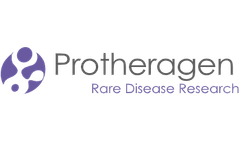Disease Diagnosis Articles & Analysis: Older
68 articles found
By analyzing these interactions, scientists can identify new biomarkers for disease, develop targeted therapies, or discover novel glycan-binding proteins with potential applications in drug design. 2. Glycan Profiling in Disease Diagnosis Glycan microarrays are increasingly being used for glycan profiling in disease ...
This complex interplay allows for finely tuned regulation of immune responses and other physiological processes. The applications of disease cytokine assay extend far beyond basic immunology. In the realm of medicine, recombinant cytokines are increasingly being utilized as therapeutic agents for a variety of diseases, including cancers, infections, and ...
Accurate determination of collagen content is very important for biomedical research, disease diagnosis and quality control of related products. Here are some commonly used methods for determining collagen content.ChromatographyHigh-performance liquid chromatography (HPLC) is a commonly used method for quantitatively analyzing collagen and other proteins. ...
Recombinant protein drugs refer to protein products derived from animals or plants and developed through biotechnology research. These proteins possess certain biological activities and can prevent, treat, and diagnose diseases in humans, animals, and plants. Compared to small molecule drugs, protein drugs have advantages such as high activity, high specificity, and low toxicity, making them ...
Therefore, the detection of sialic acid proteins holds significant value in disease diagnosis, biomedical research and drug development.Biological Importance of Sialic Acid ProteinsSialic acid proteins play an indispensable role in many physiological and pathological processes. ...
Signal Transduction ResearchBy detecting the phosphorylation level of specific proteins, the intracellular signal transduction pathways can be studied.2. Disease Mechanism ResearchProtein phosphorylation plays crucial roles in many diseases, including cancer, neurodegenerative diseases, and cardiovascular diseases. Studying ...
Acetylation is a common post-translational modification of proteins, typically occurring on lysine residues of proteins, and plays a crucial role in regulating protein function, cell signaling, gene expression, and disease onset. For instance, the acetylation state of histones directly influences chromatin structure and the regulation of gene expression.Acetylation detection ...
While numerous studies and case reports underscore the efficacy of mNGS in enhancing the diagnosis, treatment, and tracking of infectious diseases, formidable obstacles still lie on the path forward. ...
In healthcare, clonality analysis is crucial in the diagnosis, prognosis, and treatment planning of cancers, particularly leukemia and lymphomas. ...
Among them, glycoproteins are an essential biomarker that plays a key role in many biological processes, including disease onset, progression, and treatment response. The Tandem Affinity Purification (TAP) of glycoprotein is an efficient detection method.What Is a ...
A common method is to use PCR technology to amplify and clone the gene encoding the antibody into a sequencing vector, and then sequence it using standard Sanger sequencing or high-throughput sequencing technology.Boxcab ab AntibodyThe Boxcab ab antibody is a special antibody that is widely used in immunotherapy and disease diagnosis. This antibody has a high ...
By studying the protein interaction network, it reveals the molecular mechanisms of various physiological and pathological processes in cells, providing new ideas for disease diagnosis and treatment. Also, Protein-Protein Interaction Sequencing can be applied to drug target screening and effectiveness evaluation. ...
Monoclonal antibodies are highly specific biological molecules that are crucial in many areas like disease diagnosis, treatment, and biomarker discovery. They can trigger an immune response in the human body by recognizing and binding to specific antigens, thereby combating pathogens. ...
These differences may lead to different susceptibilities to diseases, drug responses, and treatment effects. With this technology, doctors can more accurately assess the disease status of patients, predict the trend of disease progression, and formulate more personalized treatment plans, improve treatment effects and reduce side effects.1. ...
DIA technology has a wide range of applications in biomedical research, disease biomarker discovery, and drug development.DIA Proteomics SequencingDIA technology systematically scans the entire mass range during mass spectrometry analysis, rather than analyzing only a few preselected ions. ...
Imagine a world where diseases like cancer, Alzheimer's, and Parkinson's could be diagnosed and treated at the molecular level, long before symptoms even appear. This is the promise of fluorescent biopolymers, a revolutionary new class of materials that could transform the field of biomedical research. What Are Fluorescent Biopolymers? At their core, biopolymers are simply long chains of ...
ByMatexcel
By analyzing the changes of lipid biomarkers throughout the disease process and their interactions with other biomolecules, we can grasp the position of lipid metabolism disorders in the development of diseases as a whole and identify the possible pathogenesis. Identification of lipid indicators for disease diagnosis Lipidomics ...
In addition, carboxylic acid PEGs can be used to construct imaging probes with specific biological activities, such as pH-responsive probes, temperature-sensitive probes, etc., for disease diagnosis and treatment monitoring. Biomaterials PEGs and their carboxylic acid derivatives also play an important role in biomaterials. ...
Rare diseases, also known as orphan diseases, affect a small percentage of the population, making them particularly challenging to diagnose and treat. ...
Drug Discovery and Development: Due to their ability to provide real-time and highly visible readouts, reporter lentiviral systems play a critical role in drug efficacy and toxicology studies. Understanding Disease Pathways: As they enable the visualisation of biological processes in cells, reporter lentiviruses are instrumental in studying disease progression ...



